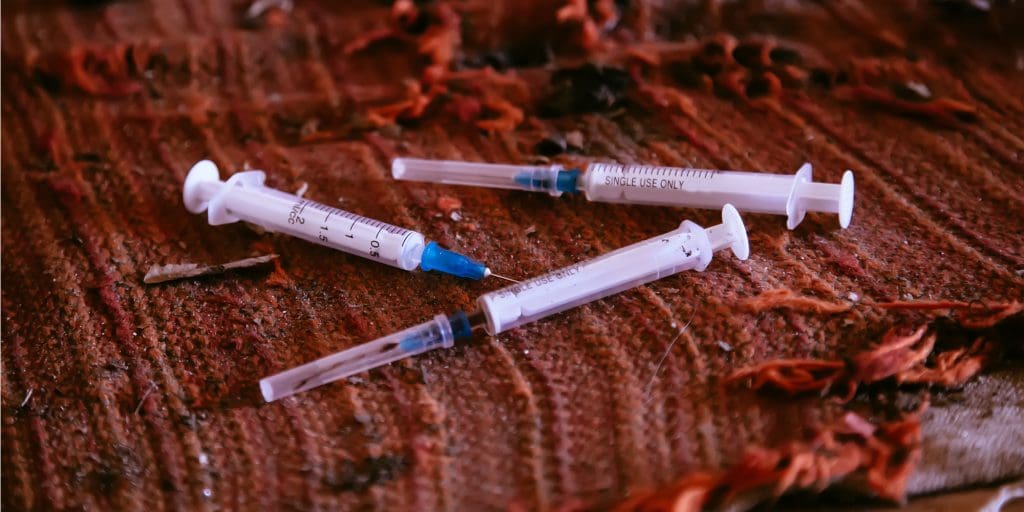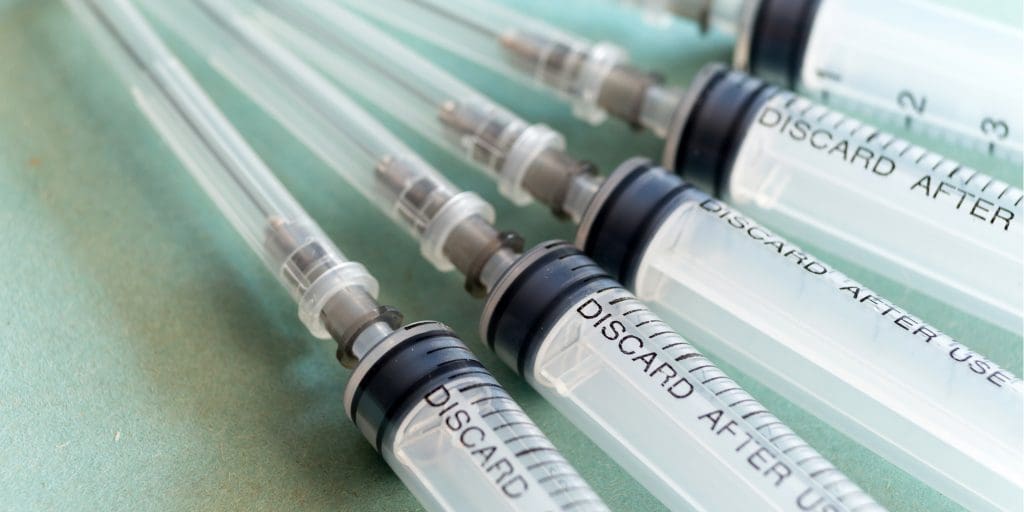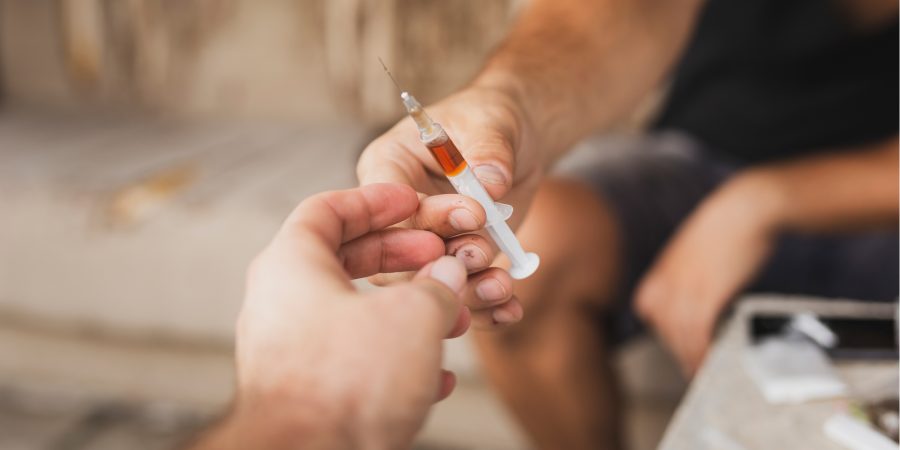Ohio health officials reported some alarming preliminary statistics highlighting an ongoing Ohio drug problem in the suburbs of Cincinnati. According to a public health press release, eight new cases of HIV have been recorded in Butler county since the start of 2021. While this number is seemingly low, it represents a 700% increase from the same time in 2020. The reason behind the increase is said to be injection drug use and the sharing of drug needles.
The Ohio Drug Problem

Drug use in Ohio has a history of reaching epidemic proportions. In fact, in 2007 accidental drug overdoses became the leading cause of injury-related death in Ohio. This was largely due to the opioid crisis that began to sweep through the country during the 1990s.
To combat this widespread prescription opioid use, a crackdown on these pills was executed, which opened the door for an Ohio heroin epidemic. At one point, the influx of heroin use in Ohio was so dramatic that Ohio heroin overdose deaths were among the highest in the country. This was due to both the high demand for opioids within the state and the introduction of fentanyl to the black market.
Cincinnati Area Drug Trends
In the Cincinnati area specifically, stimulants like crack cocaine, powder cocaine, and methamphetamine continue to be readily available. Alternatively, the availability of prescription opioids and heroin has been decreasing. One of the reasons for this is thought to be a shift in drug user preference, from heroin to methamphetamine or cocaine, which can be influenced by a variety of factors, including the user’s race.
One reason for the change of preference is said to be in an effort to avoid opioid withdrawal symptoms. For example, one reason for the rise in meth use was to avoid accidental overdoses from fentanyl-laced heroin products. Unfortunately, the increase in meth and cocaine-related overdoses indicate that fentanyl is in the stimulant supply as well.
Sharing Drug Needles Tied to HIV Spike

Despite the shift from heroin to meth use in Ohio, the popular method of drug use continues to be by injection. Officials have not gone into detail as to how they know the new HIV incidents are related, but are urging intravenous drug users to use clean equipment and to get tested regularly. Further, health officials admit that the coronavirus outbreak may have diluted community resources dedicated to drug abuse and mental health. However, they reiterated the importance of the availability and accessibility of these programs.
How Sharing Drug Needles Spreads Viruses
Sharing drug needles is a known cause of spreading bloodborne diseases. Essentially, when someone uses a needle to inject drugs into their system, the needle removes some of their blood. When the next person injects a drug with the same needle into their own body, they are injecting the blood from the initial user as well as the substance.
HIV is not the only illness that can spread via drug needles. Other health concerns that can spread from sharing needles include:
- Viral Hepatitis (Hepatitis B & C)
- Skin Infections
- Heart Infections
Of course, there are additional risks that come with intravenous drug use beyond transmittable diseases, including drug overdose and addiction.
Injection drug use is a popular method, as indicated by drug users in the Cincinnati, Ohio area (although meth is now the drug being injected). Given this, this is not the first time Ohio has recorded a rise in HIV cases. However, it is a striking increase from the same time in 2020, and it is a trend city officials are actively monitoring.
Drug Use as a Result of Pandemic Stress
Addiction is not usually a stand-alone problem. Rather, substance abuse is deeply intertwined with a person’s mental health. Drugs and alcohol are often used to soothe emotional disturbances such as depression, stress, and anxiety. Given this, it is not alarming that states recorded an increase in drug use during the initial months of the Coronavirus pandemic. However, addiction and mental health resources are available in Ohio, and they offer effective methods of regaining control over your life.
Mental Health & Addiction: Ohio Dual Diagnosis Treatment
Approaching the topic of mental stress and drug use can be difficult. However, once injecting drugs or sharing drug needles becomes a habit, health risks skyrocket. At Georgetown Behavioral Hospital near Cincinnati, Ohio, our treatment team can help you address the root of your mental distress that is leading to substance abuse. Additionally, our dual diagnosis program can address any addictions that have developed.
Common mental health disorders treated at Georgetown Behavioral Hospital’s mental health program include:
- Depression
- Anxiety
- Post-Traumatic Stress Disorder (PTSD)
- Bipolar Disorder
- Delusional Disorders
- Schizophrenia
- Phobias
- Psychiatric Disturbances
In addition, common co-occurring substance use disorders treated alongside mental health include alcohol abuse, prescription pill abuse, opioid abuse, cocaine addiction, or virtually any other addiction that needs to be addressed. To get more information on how to get help, contact us at 937-483-4930 or complete a confidential contact submission. At Georgetown Behavioral Hospital, we will get you back on your feet and stay with you every step of the way.















